Receiving an inheritance is hardly ever as easy as cashing a check. There are due steps that must be followed after the owner of the estate dies, and this process can significantly cut down on the total inheritance available.
A 2018 Survey of Consumer Finances discovered that the median inheritance in America is $69,000. But this is far less than what senior citizens desire to leave to their loved ones, which is an average of $177,000. What this tells us is that the inheritance process can take a toll on one’s entire estate.
So what are the steps required before one can receive inheritance?
Steps to receive inheritance when there is a will
1. Admitting the will to probate
The executor named in the will has to file a petition to the probate court in the county where the decedent died and owned property. The petition must include the will and original death certificate of the deceased. The court receives the will and checks it for validity. If valid, the executor is given a go ahead to settle the estate.
2. Court hearing
The court will then fix a date for a court hearing. In this hearing, all concerned parties of the estate should be present. That includes the family members, relatives, creditors, and anyone who has something to say or claim. In this court hearing, there is room for “will contest,” whereby any dissatisfied party can contest the validity of the will, claiming the will to have been signed under undue influence or being cheated out of the will. Any party or beneficiary can hire a lawyer to litigate.
3. Inventorying all assets and valuating the estate
The next step is for the executor to take inventory of all that the decedent owned. He should be able to determine the existence of investments, life insurance, bonds, shares, real property, etc.
He then has to estimate the total value of the estate. He may choose to call a financial expert to do the assessment to avoid errors. He then has to open a checking account using estate funds, with which all probate expenses and the estate’s financial obligations will be settled.
4. Settling estate tax, creditors, and funeral expenses
Next, he has to file the tax return forms and pay any income and estate tax on the estate. This is where a great part of the estate can get eaten up. If the estate surpasses the federal estate tax threshold of $11.58 million, then an amount ranging from 18% to 40% of the estate would have to be paid to the government. Even though the estate is not that large, it might still be subject to state estate tax (which varies from state to state), income tax, and inheritance tax (which each beneficiary would have to pay before they can inherit their share).
After settling tax, the next thing to settle is debts and final expenses. Creditors of the estate will come with their claims, and they must be settled first before beneficiaries. It’s advisable hiring an experienced probate attorney for professional guidance.
5. Asset transfer
The last step of the inheritance process – or probate – is asset transfer. This is where the beneficiaries get to receive their share according to what the will says.
But interestingly, since beneficiaries are the last in the pyramid, they may not be able to get what the testator had wanted. He may have allocated $100,000 to be shared equally by his two children. But after paying estate tax and debts, what’s left of the estate is less than $70,000.
Beneficiaries only get what’s left of the estate after all financial obligations have been settled.
The inheritance process without a will
When there is no will, then there will be no executor. In this case, anyone can file a probate petition to the court with the death certificate of the deceased. The court will then appoint an estate administrator. This person will perform the exact same roles as an executor, and the inheritance process remains the same.
However, the testator’s wishes will not be known, so the court decides who receives inheritance. Typically, State law dictates that the primary heirs-at-law are the surviving spouse and children of the deceased. However, the proportion varies from state to state.
It is always advisable having an experienced probate lawyer working with the executor during probate as they bring efficiency and transparency to the table.









